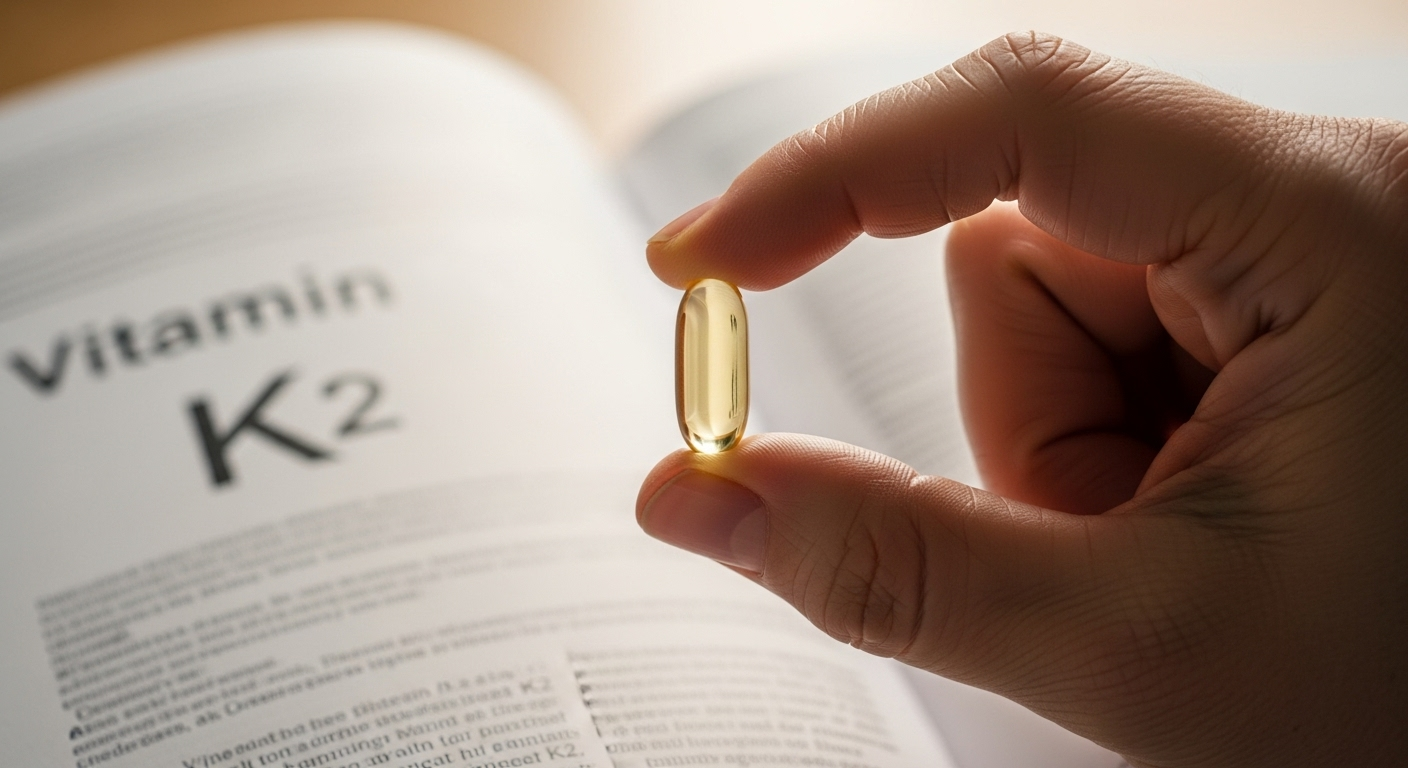Astaxanthin: The Powerhouse Antioxidant from the Sea
Astaxanthin, a vibrant red carotenoid pigment, has emerged as a potent antioxidant with remarkable health benefits. Found primarily in marine organisms, this unique compound has garnered significant attention in the world of nutrition and supplementation. Its powerful antioxidant properties, which far surpass those of better-known antioxidants like vitamin C and beta-carotene, have led researchers to investigate its potential in addressing a wide range of health concerns. From supporting cardiovascular health to enhancing athletic performance, astaxanthin's versatility has sparked a surge of interest among scientists, health enthusiasts, and consumers alike.

Molecular Structure and Antioxidant Capacity
The unique molecular structure of astaxanthin sets it apart from other carotenoids and contributes to its exceptional antioxidant properties. Unlike many antioxidants that can become pro-oxidants under certain conditions, astaxanthin maintains its antioxidant activity without risk of oxidation. Its ability to span the entire width of the cell membrane bilayer allows it to protect both the inner and outer layers of cells from oxidative damage. This structural advantage, combined with its capacity to neutralize multiple free radicals simultaneously, makes astaxanthin a powerhouse antioxidant with potential applications in various health domains.
Cardiovascular Health Benefits
Research into astaxanthin’s effects on cardiovascular health has yielded promising results. Studies have shown that astaxanthin supplementation can help reduce oxidative stress and inflammation in blood vessels, potentially lowering the risk of atherosclerosis. It has also been observed to improve lipid profiles by increasing HDL (good) cholesterol and reducing LDL (bad) cholesterol and triglycerides. Furthermore, astaxanthin may help regulate blood pressure by enhancing the flexibility of blood vessels and improving blood flow. These combined effects position astaxanthin as a valuable ally in maintaining heart health and preventing cardiovascular diseases.
Neuroprotective Properties
The brain, with its high oxygen consumption and lipid content, is particularly vulnerable to oxidative stress. Astaxanthin’s ability to cross the blood-brain barrier makes it a promising candidate for neuroprotection. Studies have suggested that astaxanthin may help prevent neurodegenerative diseases by reducing oxidative damage to neurons and supporting cognitive function. Research has shown potential benefits in improving memory, reducing the risk of age-related cognitive decline, and even alleviating symptoms of neurodegenerative disorders like Alzheimer’s and Parkinson’s disease. While more extensive human trials are needed, the initial findings are encouraging for those seeking natural ways to support brain health.
Athletic Performance and Recovery
The sports nutrition community has taken notice of astaxanthin’s potential to enhance athletic performance and recovery. Its anti-inflammatory properties may help reduce muscle damage and soreness after intense exercise, potentially shortening recovery times. Some studies have reported improvements in endurance, strength, and fat metabolism among athletes supplementing with astaxanthin. Additionally, its antioxidant effects may help protect against exercise-induced oxidative stress, which can contribute to fatigue and decreased performance. While the research is still evolving, many athletes and fitness enthusiasts are incorporating astaxanthin into their regimens to potentially gain a competitive edge.
Skin Health and UV Protection
Astaxanthin’s benefits extend to skin health, where its antioxidant and anti-inflammatory properties offer protection against UV radiation and photoaging. Unlike topical sunscreens, astaxanthin works from within, accumulating in the skin’s layers to provide a natural defense against sun damage. Studies have shown that astaxanthin supplementation can help improve skin elasticity, reduce the appearance of fine lines and wrinkles, and even out skin tone. Its ability to neutralize free radicals and reduce inflammation in the skin makes it a valuable ingredient in anti-aging skincare formulations and supplements aimed at promoting overall skin health.
Challenges in Bioavailability and Dosage
Despite its impressive potential, astaxanthin faces challenges in bioavailability. As a lipophilic compound, it requires fat for optimal absorption in the digestive tract. This characteristic has led to the development of various delivery systems, including lipid-based formulations and nanoemulsions, to enhance its bioavailability. Determining the optimal dosage for different health applications remains an active area of research, with studies using a wide range of doses. Current recommendations typically range from 4 to 12 mg per day for general health benefits, with higher doses being explored for specific therapeutic applications.
Future Directions and Research
As interest in astaxanthin continues to grow, researchers are exploring its potential in new areas of health and medicine. Emerging studies are investigating its role in eye health, immune system modulation, and even cancer prevention. The development of more efficient production methods, including the use of genetically modified algae and yeast, aims to increase the availability and reduce the cost of high-quality astaxanthin. Additionally, research into synergistic effects with other antioxidants and nutrients may lead to more targeted and effective supplement formulations. As our understanding of astaxanthin’s mechanisms of action deepens, it is likely to play an increasingly important role in preventive health strategies and complementary medicine.




